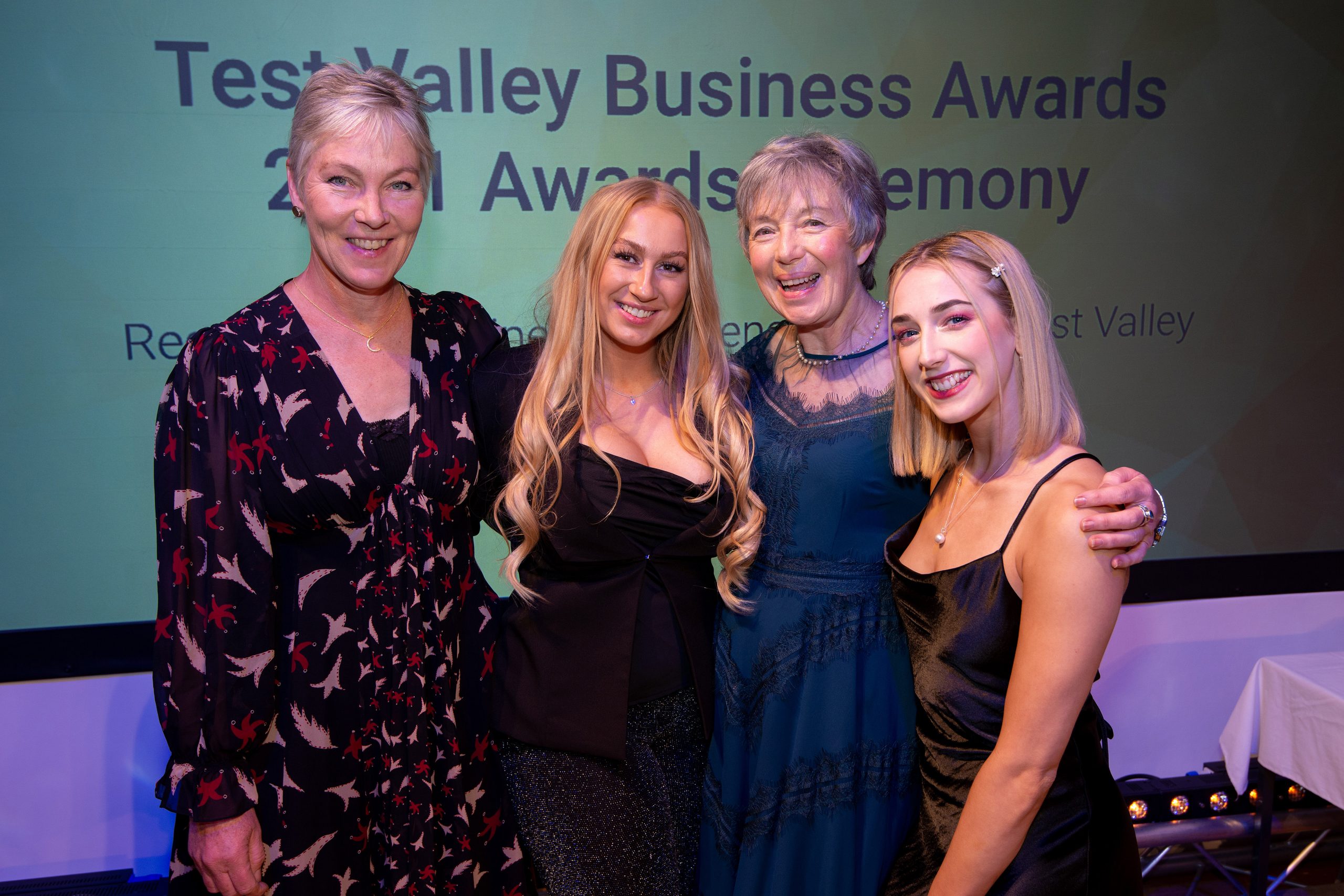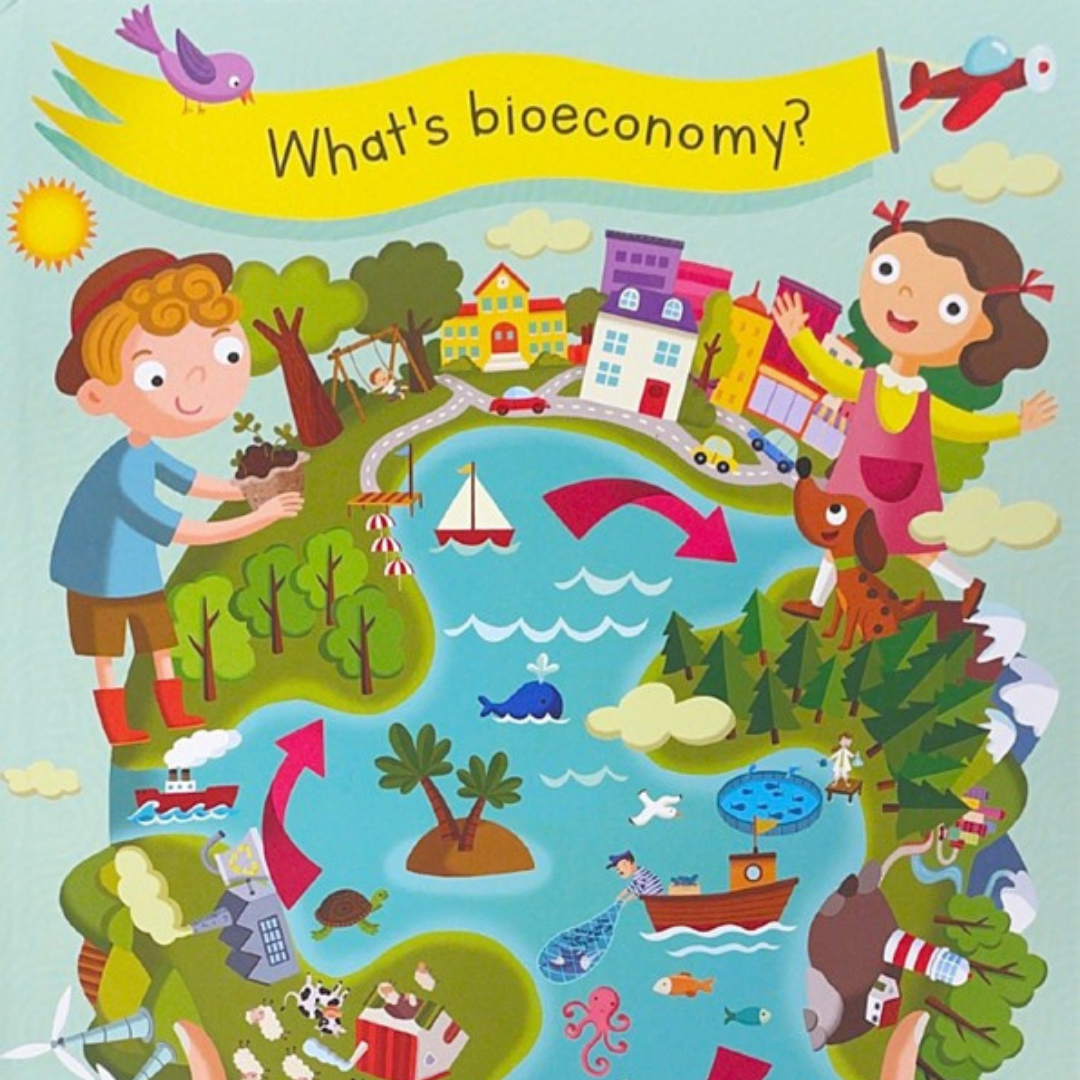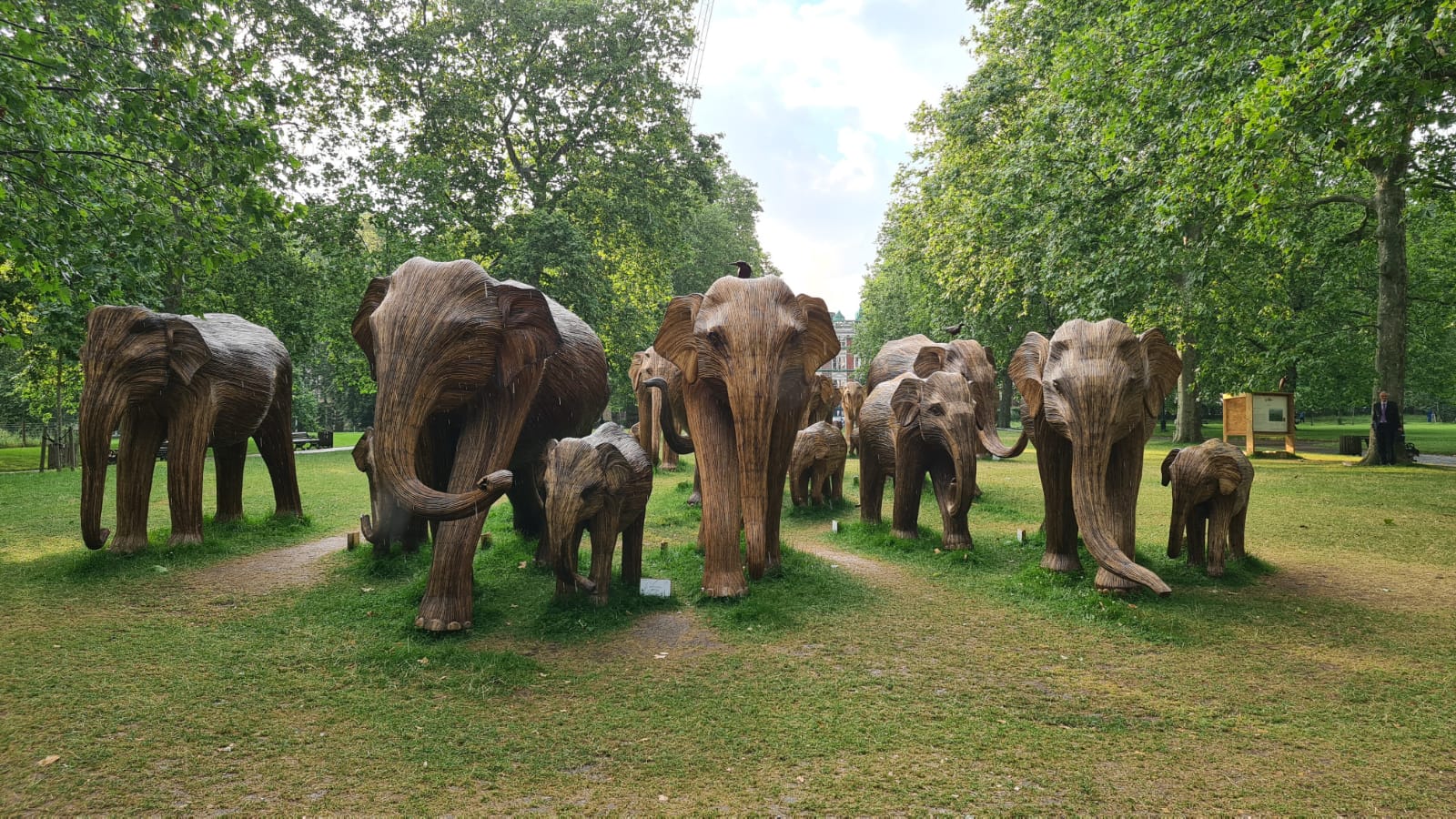Dialogue, examples and stories
Conversational communication is an effective way to make science accessible. By engaging in dialogue with others – formally and informally – scientists can make their research accessible, break down the technical jargon, and explain concepts in a way that is easier for all to take on board and understand the potential.
Using relatable examples and stories to illustrate points can make information more engaging and memorable for the audience. One way to do this is to refer to everyday products or life experiences, or even create a central character or player that focuses on a main component of research such as a protein or microbe, to tell a story. For instance, a cosmic vacuum cleaner analogy can be used to explain the complex idea of a black hole, or relatable imagery of the Earth as a cozy blanket can be used to explain the greenhouse effect and the potential impact of climate change.
This approach is particularly effective when communicating to non-scientific audiences, as it provides a personalised and interactive experience.
Promote scientific literacy and understanding
Making science accessible through conversation is a critical step in promoting scientific literacy. When scientists effectively engage with people from all walks of life, they are able to break down the barriers that hinder the understanding of complex concepts.
Address misconceptions & provide relevant context
Through conversation, scientists can address common misconceptions and provide context for their research. Two-way conversation enables questions to be answered and explanations given to help clarify scientific concepts as well as dispel myths and misinformation. For example, researchers involved in a talk or conference or zoom meeting, could invite questions from their audience. These could be either be asked directly or submitted anonymously in advance of or at the event, in case of worry about it being seen as a simplistic or even ‘stupid’ question.
Foster collaboration & idea exchange
Communicating science through open dialogue can also help to foster collaboration and idea exchange. Scientists can gain valuable feedback and insights from the public, enriching their own understanding and learning more about their audience’s interests and concerns. This feedback can then be used to tailor future research projects to better meet the needs of the public as well as supporting the implementation of innovation.
Make a positive impact on society
There is often a disconnect between scientific research and public policy. However by engaging in conversation with policymakers and the public, scientists can help to ensure that their research is used to inform policy decisions and therefore make an impact rather than being lost in the daily ‘soup’ of information.
The Royal Society’s conversazione meetings
The Royal Society’s conversazione meetings demonstrate the power of conversational communication in science. Originating in the 19th century, these free gatherings aimed to bring science to the masses. They were open to the public, offering an informal and friendly atmosphere where scientific ideas and discoveries could be shared. The meetings featured demonstrations and exhibits, allowing attendees to witness science in action. Today, conversazione meetings are still held by the Royal Society (https://royalsociety.org/) and continue to provide a platform for scientists to communicate their work to a wider audience as well as inspiring the next generation of scientists and innovators.
Communicating science through conversation is a powerful tool for promoting scientific literacy and fostering a more informed and engaged society, as demonstrated by the success of the Royal Society’s conversazione meetings.
Science is about collaboration and that needs to continue throughout the research period and on to dissemination and knowledge exchange.
In conclusion, conversational science is an effective key to unlocking the potential of research, no matter the discipline.









